
Beneath the ocean’s surface lies the enigmatic “Shark Cathedral,” an extraordinary underwater site where ancient shark species and other prehistoric marine creatures have been discovered. This site captivates scientists and divers alike, offering a rare glimpse into life forms that have existed for hundreds of millions of years, predating even the first trees on Earth.
The significance of these creatures stretches beyond their age; they represent a living link to Earth’s distant past, showcasing evolutionary resilience and ecological roles that have persisted through dramatic planetary changes. Exploring the Shark Cathedral allows us to unravel the mysteries of ancient marine ecosystems and appreciate the survival strategies of these prime predators. This article delves into sharks’ evolutionary history, the Shark Cathedral’s unique environment, and the broader implications for science and conservation.
Earth’s Ancient Predators
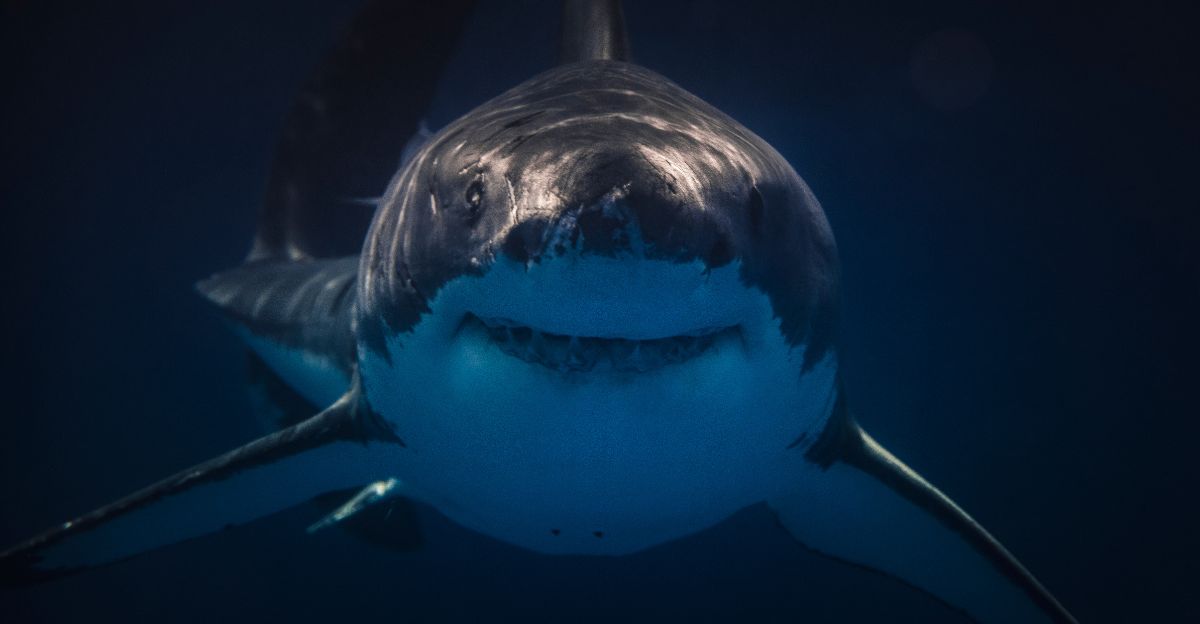
Sharks are among the oldest predators on Earth, with origins tracing back approximately 450 million years to the Late Ordovician period. This timeline places sharks about 50 to 100 million years older than the first trees, which appeared in the Devonian period. Over hundreds of millions of years, sharks have survived mass extinction events that wiped out many other species, including the dinosaurs.
Their evolutionary success is attributed to their adaptability, diverse diets, and efficient predatory skills. Sharks have continuously evolved while maintaining their role as apex predators, shaping marine ecosystems throughout Earth’s history. This longevity underscores their importance in understanding both past and present oceanic life.
Defining “Older Than Trees”

The phrase “sharks are older than trees” requires scientific nuance. While modern sharks (the Selachimorpha group) evolved later, their broader ancestors, cartilaginous fishes, emerged well before the first trees appeared around 385 million years ago. Trees represent an evolutionary strategy characterized by woody growth rather than a single taxonomic group, complicating direct comparisons.
Early shark-like species differed significantly from modern sharks, but their lineage predates terrestrial forests. This distinction highlights how evolutionary timelines can overlap and diverge, with sharks embodying a deep-rooted marine legacy that predates many terrestrial innovations.
The Shark Cathedral, What Is It?
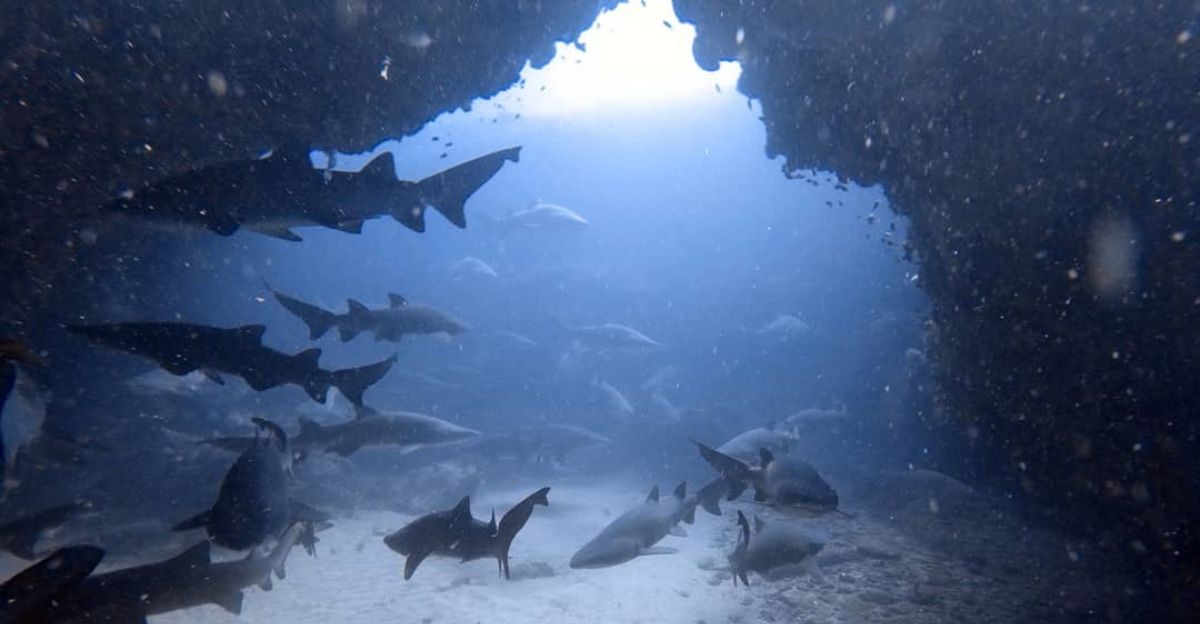
The Shark Cathedral is a remarkable underwater ecosystem on the Aliwal Shoal off South Africa’s coast, characterized by rugged terrain with caves, arches, and plateaus. This natural amphitheater hosts large congregations of ragged tooth sharks, especially during their mating season when up to 30 sharks swim within its walls. The site also shelters rare fish species like pineapple fish and paper fish.
Its unique geological features create a protected environment where ancient marine species thrive, offering scientists invaluable insights into prehistoric marine life and shark behavior. The Cathedral’s discovery has broadened our understanding of shark habitats and their ecological significance in modern oceans.
Sharks and Other Fields
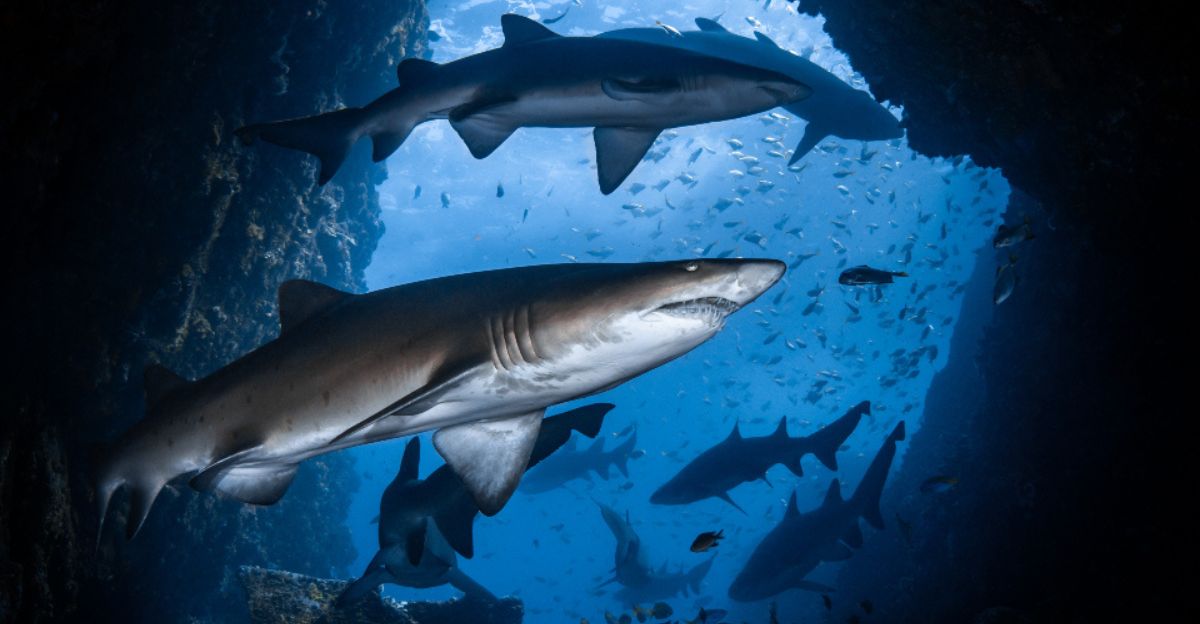
Studying ancient sharks and the Shark Cathedral intersects with paleontology, marine biology, and climate science. Fossil records from shark ancestors help reconstruct ancient ocean environments, revealing shifts in climate and biodiversity over millions of years. Modern observations at the Cathedral inform conservation biology by highlighting critical shark habitats and behaviors, such as nursery grounds and mating sites.
These insights aid efforts to protect sharks amid threats like overfishing and habitat destruction. Additionally, understanding sharks’ evolutionary resilience can inspire biomimetic applications in technology and medicine, illustrating how ancient life forms influence diverse scientific fields.
Survival Through Mass Extinctions
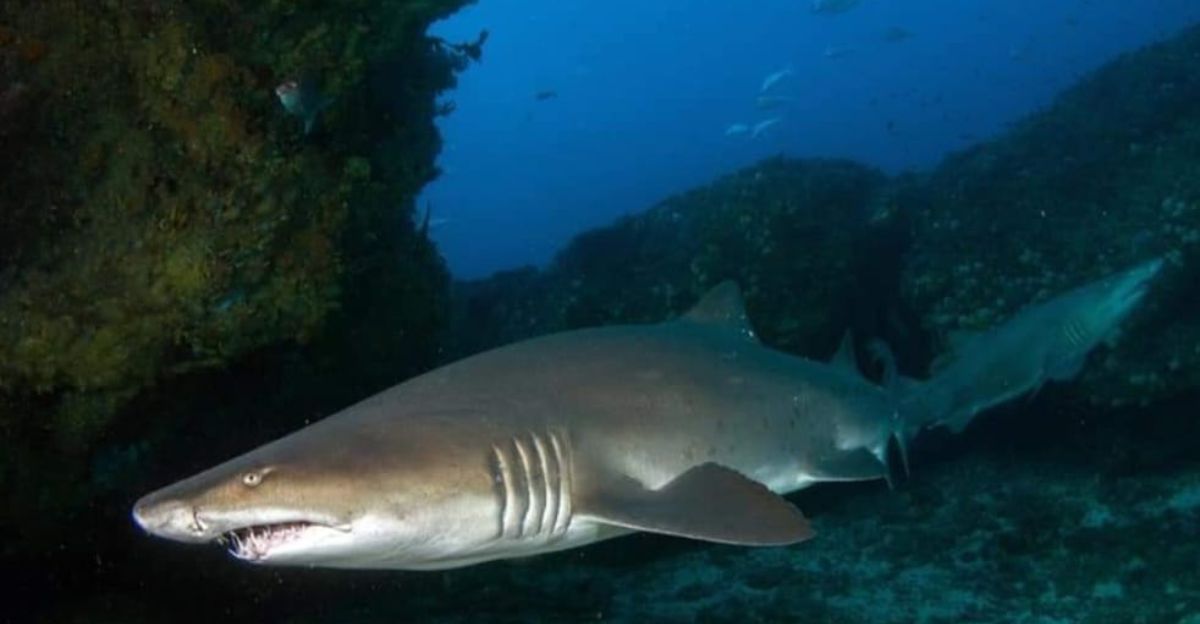
Sharks have endured five major mass extinction events, surviving where many species, including dinosaurs, perished. Their survival is attributed to dietary flexibility, allowing them to exploit various prey and adaptability to different oceanic niches. Unlike specialists, sharks’ generalist feeding habits and physiological traits have enabled them to withstand environmental upheavals.
This resilience is evident in their continued presence from the Ordovician period to today. Studying these survival strategies provides clues about ecological stability and the potential impacts of current environmental changes on marine biodiversity.
Are Sharks Truly “Living Fossils”?
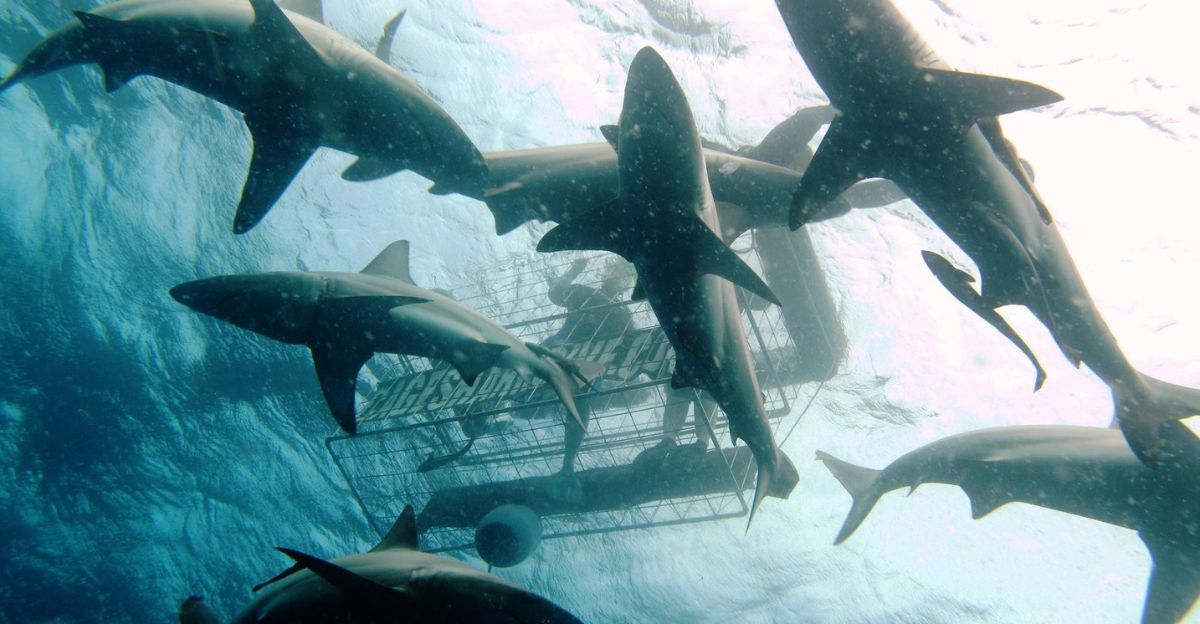
The label “living fossils” often misrepresents sharks. While ancient, sharks have undergone significant evolutionary changes over millions of years. Early shark-like species bore little resemblance to modern sharks, which have diversified into hundreds of species with varied forms and behaviors.
This challenges the notion that sharks have remained unchanged; instead, they exemplify evolutionary innovation within a long-standing lineage. Recognizing this complexity enriches our understanding of shark biology and counters simplistic narratives about their history.
The Greenland Shark and Longevity
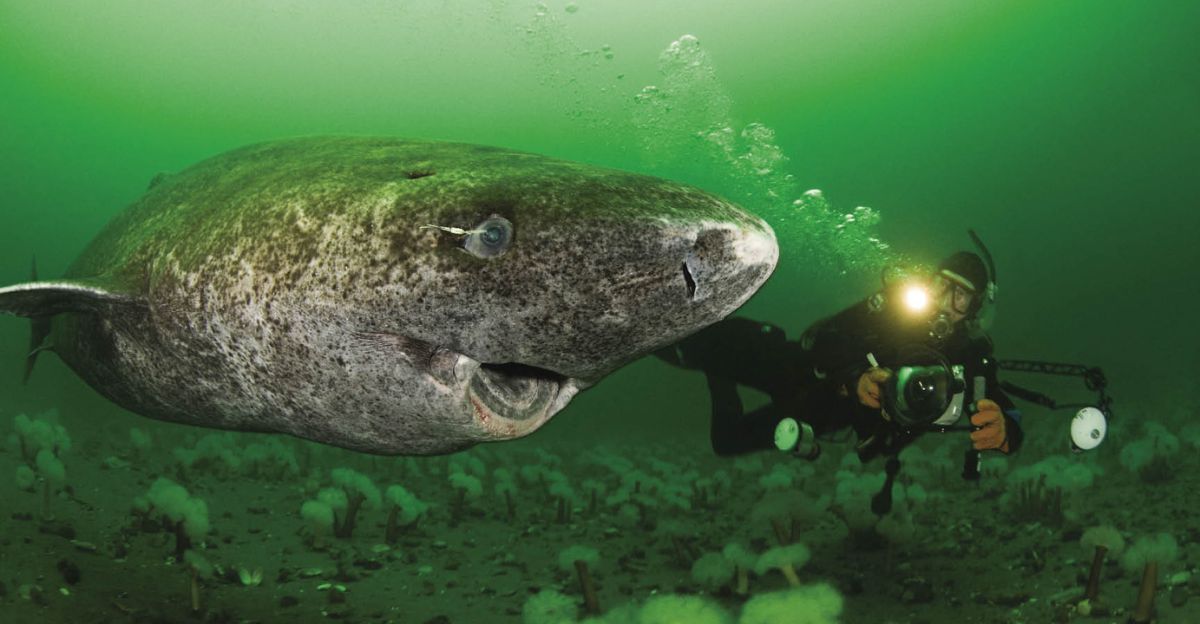
The Greenland shark exemplifies sharks’ remarkable longevity, with individuals living up to nearly 400 years, making it one of the longest-lived vertebrates known. This extreme lifespan highlights unique physiological adaptations that contribute to survival, such as slow metabolism and cold Arctic habitats.
The Greenland shark’s longevity offers valuable data for aging research and underscores sharks’ diverse life history strategies. Such examples challenge assumptions about lifespan limits in marine animals and inspire further scientific inquiry.
Sharks Before Trees and Dinosaurs
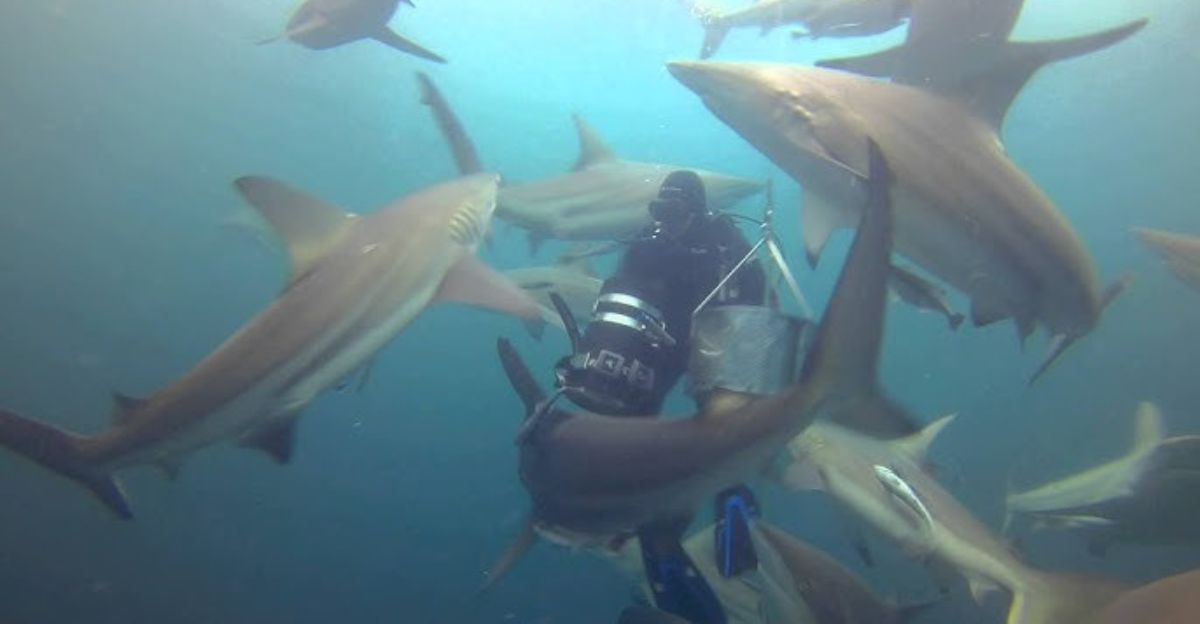
Sharks predate trees, dinosaurs, and many major animal groups, placing them among the earliest vertebrates to colonize Earth’s oceans. This deep evolutionary history underscores their ecological importance as foundational marine predators.
Their persistence through vast geological epochs reflects their adaptability and integral role in ocean ecosystems. Understanding sharks in this historical context emphasizes their contribution to biodiversity and the evolutionary narrative of life on Earth.
The Legacy and Future of Ancient Sharks
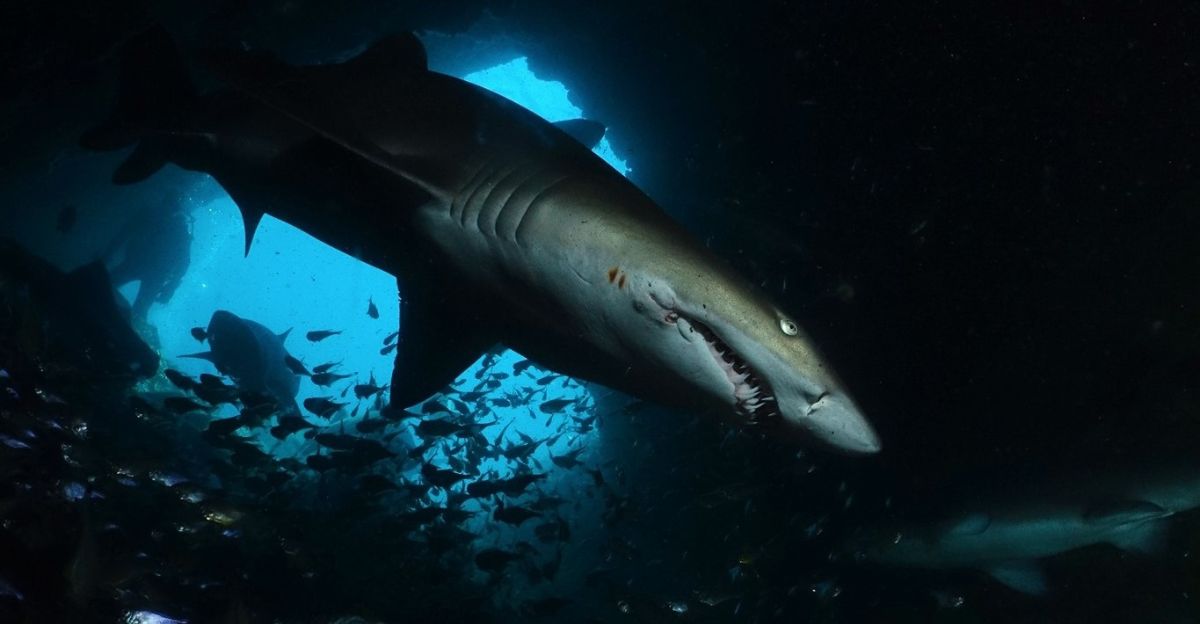
The discovery of the Shark Cathedral enriches our understanding of ancient marine ecosystems and the enduring legacy of sharks. These ancient predators continue to shape oceanic environments yet face modern threats such as overfishing, habitat loss, and climate change. Protecting critical habitats like the Cathedral and enforcing sustainable practices are vital for their survival.
Recognizing sharks’ evolutionary resilience and ecological roles informs conservation strategies, ensuring these ancient creatures remain part of our planet’s future. Their story is a testament to life’s persistence and the ongoing need for informed stewardship of marine biodiversity.
Explore more of our trending stories and hit Follow to keep them coming to your feed!

Don’t miss out on more stories like this! Hit the Follow button at the top of this article to stay updated with the latest news. Share your thoughts in the comments—we’d love to hear from you!







